It is not difficult to find and buy snacks labeled “domestic Chinese” on social networks. Just by “surfing” Facebook, TikTok, Zalo…, users can access hundreds of items from chicken feet, spicy duck thighs, gummy candies, spicy sticks… to pre-packaged drinks at cheap prices, from just a few thousand to a few tens of thousands of VND.
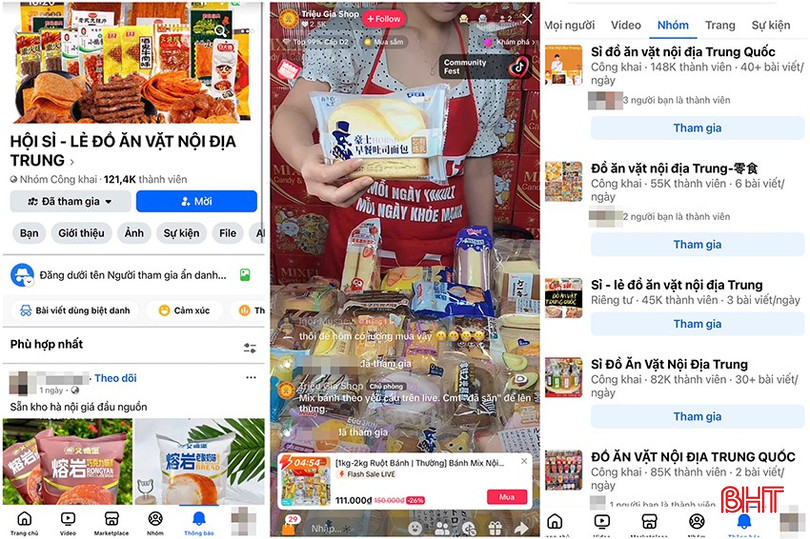
According to a survey from a number of groups specializing in selling "domestic Chinese" snacks on Facebook, the number of interactions and orders every day is very large. The "review" videos of famous tiktokers make these products even more popular. It is easy to come across clips of people trying "Chinese spicy and sour duck feet and chicken feet" with comments such as "addictive", "strange and attractive taste"... Curiosity, combined with the social network effect, makes many young people, especially students, willing to spend money to experience.
“I saw many friends on TikTok making videos of eating Chinese food that looked delicious, so I was curious and bought some to try. One day, I ordered chicken feet with spicy sticks… for fun, but then I had a stomachache and had to miss a day of school. Since then, I started paying more attention to carefully reading the information on the packaging, but many products do not have Vietnamese labels, so I don’t know the ingredients or expiration date,” said Nguyen Thi Bao Tram, an 11th grade student in Ha Tinh City.
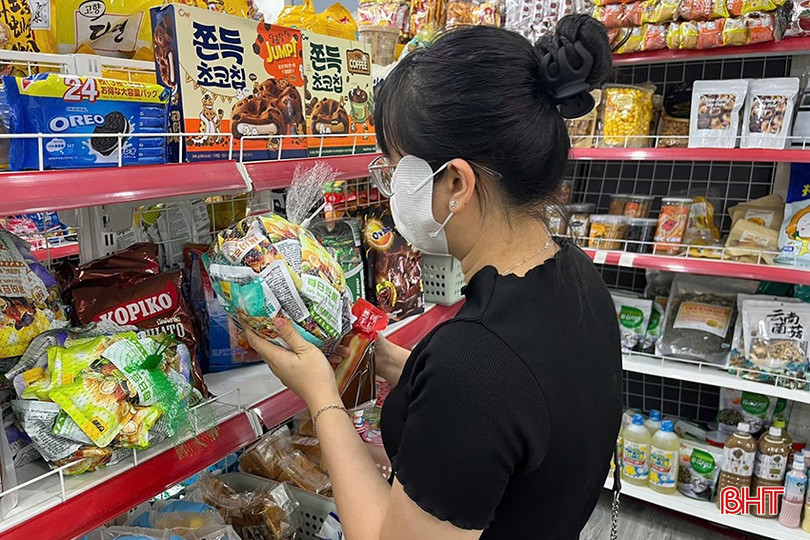
Not only flooding online sales platforms, packaged snacks, candies, and spicy foods originating from China are also infiltrating many grocery stores in Ha Tinh City. With eye-catching designs and cheap prices, these products easily attract students and children. Notably, many items are sold openly but do not have stamps or labels in Vietnamese showing basic information such as: importer, expiration date or manufacturing ingredients...
This situation raises great concerns about the rights and health of consumers, especially when most products use Chinese on their packaging without any instructions in Vietnamese. The ambiguity about the origin and ingredients makes it difficult for consumers to check the quality and detect potential risks such as allergens...
Mr. Tran Van Hung (Nam Ha ward, Ha Tinh city) said: “My daughter often orders snacks online or buys them from grocery stores. Most of them are strange items with Chinese packaging. At first, I didn't pay attention, but after seeing her stomach ache, I checked carefully and was startled because I didn't know where the product was produced, what the expiration date was... From then on, I told my daughter not to buy these types of items anymore."
Mr. Hung’s case reflects the common situation that many families are facing. While parents are still struggling to control their children’s consumption habits, the market for unsafe snacks continues to expand, partly due to the lack of effective monitoring mechanisms on e-commerce platforms, and partly due to the easygoing and curious psychology of consumers.

Dr. Hoang Thi Quynh Tho - Clinical Nutrition Specialist (Provincial General Hospital) warned: “There is no basis to guarantee that products labeled “domestic China” are produced in an environment that meets food safety standards. Even though they are beautifully packaged and vacuum-sealed, if they are not officially imported and do not have quality control by the authorities, the risk of containing preservatives exceeding the permitted limit, industrial colorants that are not allowed to be used, or even contaminated with pathogenic microorganisms such as Salmonella, E.coli... is entirely possible.”
According to Dr. Hoang Thi Quynh Tho, consuming products of unknown origin is especially dangerous for young children. Consumers may experience acute symptoms such as digestive disorders, food allergies or acute poisoning. In the long term, the accumulation of synthetic additives that are not allowed to be used such as some azo dyes (such as E102, E110, E124...), preservatives with unknown dosages... can cause liver and kidney damage and affect the central nervous system, especially in children - a group with weak detoxification and metabolism.

In fact, “domestic Chinese” products are hitting the psychology of liking strange, cheap goods and the trend of following social networks, especially among young people. This leads to many worrying consequences when consumers find it difficult to distinguish between officially imported goods and floating goods, between standard products and uninspected dishes. When food safety criteria are ignored, consumers are the ones who suffer the consequences.
This not only poses a challenge in market management but also requires each individual, especially young people, to raise awareness when choosing food. In an increasingly convenient and digital shopping environment, being alert and proactive in saying “no” to food of unknown origin is the best way to protect your own health and that of your loved ones, before temporary curiosity turns into unpredictable consequences.
Source: https://baohatinh.vn/an-hoa-tu-do-an-gan-mac-noi-dia-trung-post290528.html



![[Photo] General Secretary To Lam works with the Standing Committee of Quang Binh and Quang Tri Provincial Party Committees](https://vphoto.vietnam.vn/thumb/1200x675/vietnam/resource/IMAGE/2025/6/25/6acdc70e139d44beaef4133fefbe2c7f)
























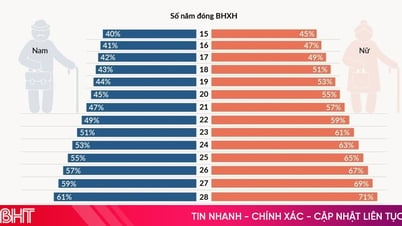















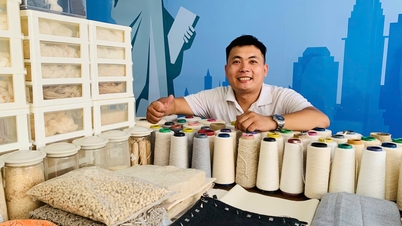

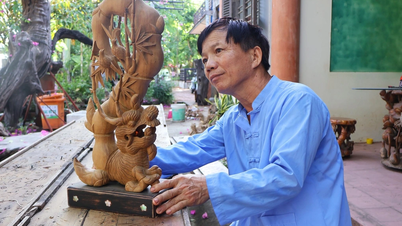

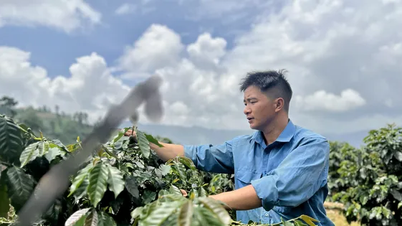

































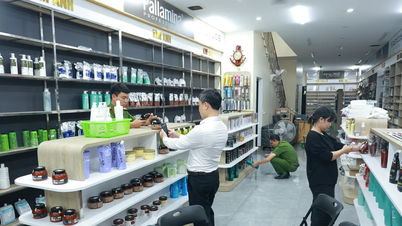























Comment (0)